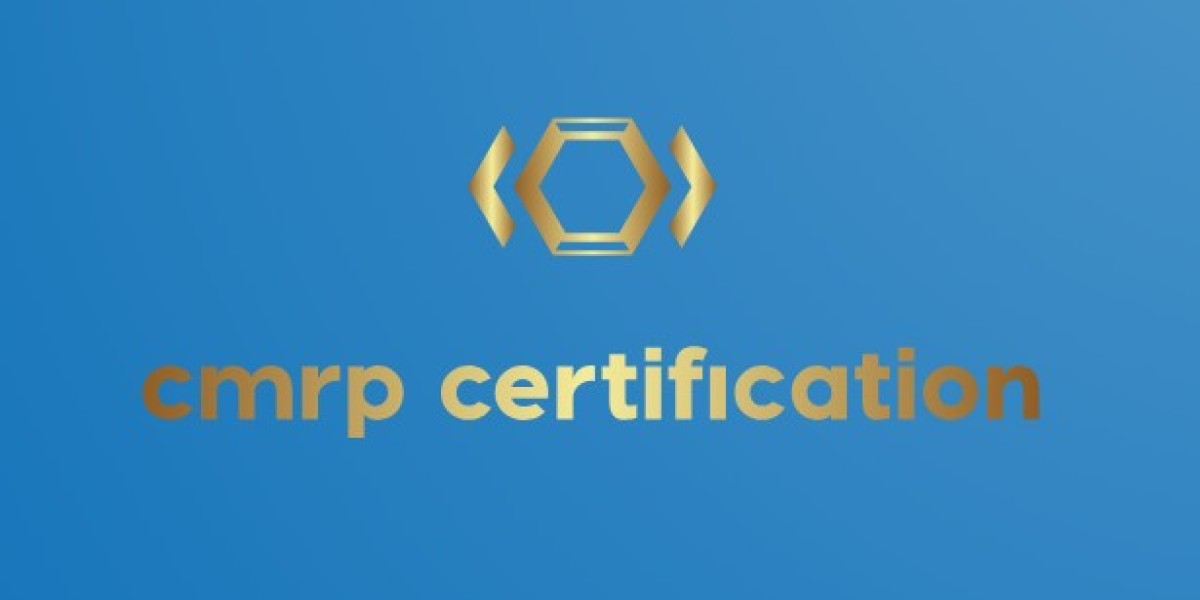Volatility plays a crucial role in financial markets, representing the degree of price variation in an asset over a specific period. For traders, investors, and risk managers, understanding and predicting volatility is vital for making informed decisions. Volatility forecasting models are statistical tools designed to estimate future price movements, providing valuable insights into market behavior. This guide will introduce key models for forecasting volatility and explain their significance for beginners.
Why Is Volatility Forecasting Important?
Volatility Forecasting Models help traders and investors manage risk, set appropriate stop-loss levels, and adjust their portfolio strategies. For financial institutions, these models are essential for pricing derivatives, allocating capital, and meeting regulatory requirements. Whether you’re a beginner trader or a seasoned professional, a strong grasp of volatility forecasting can significantly enhance your decision-making process.
Types of Volatility Forecasting Models
1. Historical Volatility Models
Historical volatility measures the extent of past price movements over a set period. This approach assumes that past behavior is indicative of future trends. By calculating the standard deviation of historical price returns, traders can gauge the magnitude of past market fluctuations. While simple to compute, historical models do not account for changing market dynamics, making them less reliable for predicting future volatility.
2. Implied Volatility Models
Implied volatility is derived from the market prices of options. It reflects the market’s expectations of future price movements over the life of the option. Unlike historical models, implied volatility adapts to real-time market conditions, making it more dynamic. However, it depends heavily on market sentiment and may not always align with actual price movements.
3. GARCH Models (Generalized Autoregressive Conditional Heteroskedasticity)
The GARCH model is a widely used approach for forecasting volatility. It assumes that volatility is not constant but varies over time based on past price changes and volatility. GARCH models are particularly effective in capturing periods of high and low volatility, making them ideal for predicting market trends. Variants like EGARCH and TGARCH account for asymmetries, such as the tendency for markets to react differently to positive and negative shocks.
4. Stochastic Volatility Models
Stochastic volatility models assume that volatility itself follows a random process. These models are popular in quantitative finance, as they allow for more realistic simulations of market behavior. However, they are computationally intensive and require advanced statistical knowledge, making them less accessible to beginners.
5. Machine Learning and AI Models
Recent advancements in artificial intelligence and machine learning have introduced data-driven models for volatility forecasting. These models use large datasets to identify complex patterns and relationships that traditional models might miss. While promising, their complexity and reliance on quality data can be challenging for beginners to implement.
Applications of Volatility Forecasting
- Risk Management: Traders use volatility models to calculate Value at Risk (VaR) and determine portfolio exposure.
- Options Pricing: Implied volatility is a key input in option pricing models like Black-Scholes.
- Trading Strategies: Volatility forecasts help traders optimize strategies such as straddles, strangles, and mean-reversion techniques.
Challenges in Volatility Forecasting
Despite their utility, volatility forecasting models are not without limitations. Financial markets are influenced by unpredictable factors such as geopolitical events, economic reports, and sudden news. No model can account for all market variables, so forecasts should be treated as estimates rather than guarantees.
Conclusion
Volatility forecasting models are invaluable tools for navigating the complexities of financial markets. From simple historical models to advanced machine learning techniques, each model offers unique insights into market behavior. Beginners should start with basic approaches like historical volatility before exploring more sophisticated methods like GARCH or machine learning. By understanding and applying these models, you can enhance your trading strategies, manage risk more effectively, and gain a deeper understanding of market dynamics.









